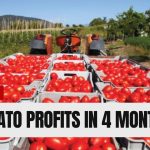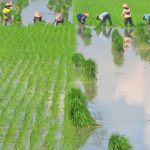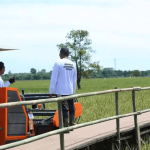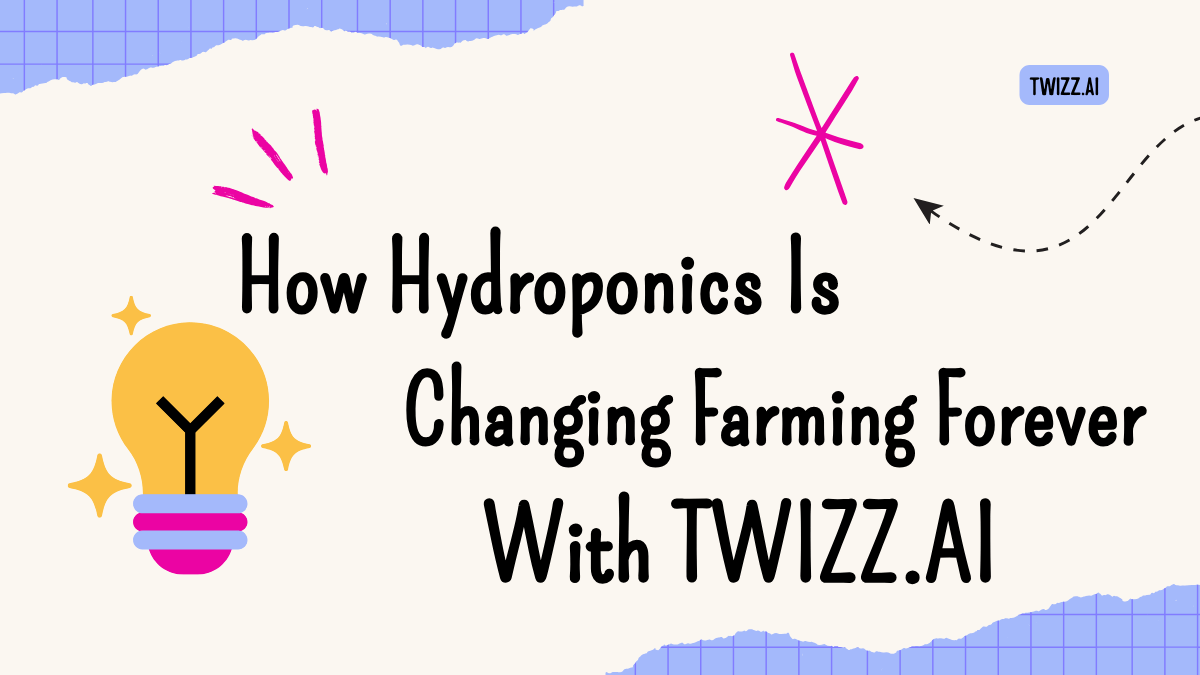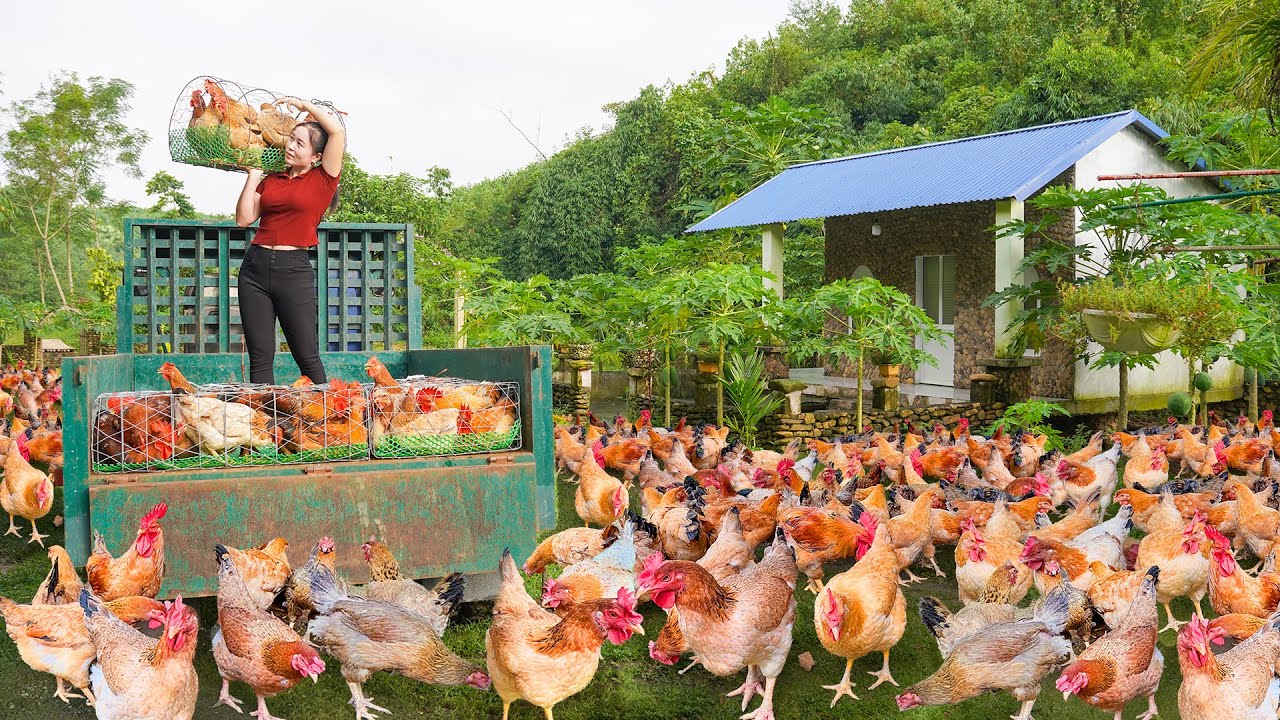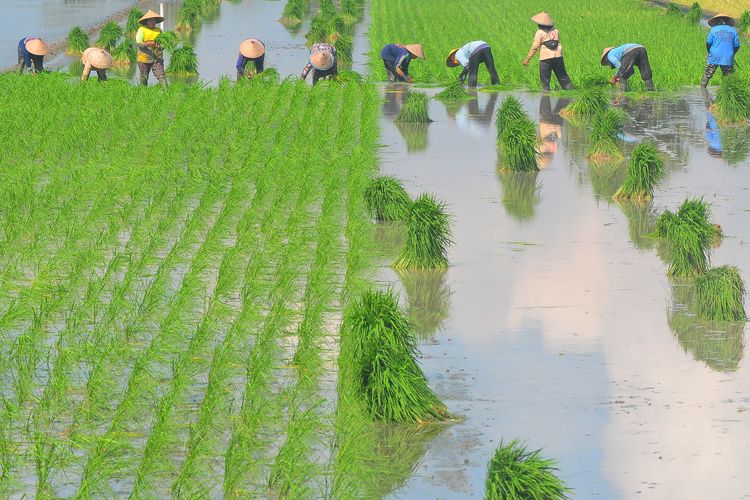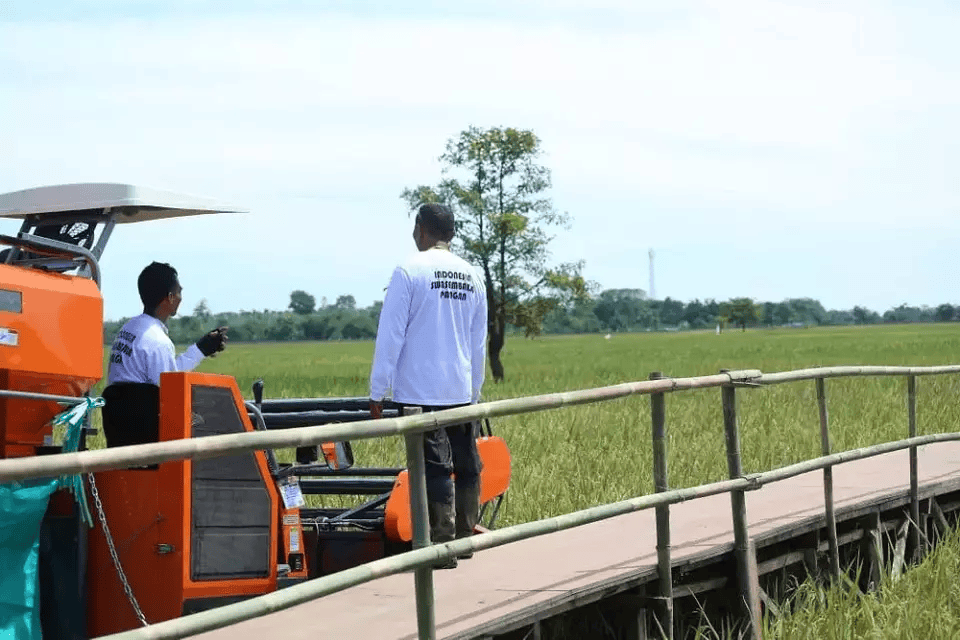How Hydroponic Systems are Transforming Food Production
Introduction to Hydroponic Revolution
Hydroponic agriculture reinvents traditional soil‐based cultivation by circulating nutrient‐rich water solutions directly to plant roots. By divorcing crops from earthbound constraints this method unlocks new frontiers in yield optimization resource efficiency and spatial versatility. Expert growers now harness closed‐loop systems in repurposed warehouses rooftop greenhouses and remote research stations to deliver year‐round harvests that transcend climatic volatility and land scarcity.
Evolution and Historical Context
Early Experimentation and Pioneers
Mid twentieth‐century botanists in Europe and North America first documented plant growth in inert media fed by mineral solutions. World War II naval research into soilless culture to feed marooned sailors catalyzed foundational breakthroughs. By the 1960s deep water culture racks aboard space missions proved viability beyond Earth’s terrain. Pioneers like Dr. William Gericke coined the term hydroponics and refined pH control and nutrient formulation protocols crucial for modern systems.
Commercial Adoption and Scaling
In the 1980s commercial nurseries embraced nutrient film technique channels to produce lettuce seedlings at scale. Since then vertical farming innovators in Asia and the Middle East have demonstrated towers of hydroponic towers yielding thousands of kilograms per month without arable land. Today advanced implementations integrate automation robotics and real‐time analytics to maximize output and minimize waste.
Core Components of Hydroponic Systems
Water Delivery and Circulation
Central to any hydroponic setup is a reservoir of recirculating solution containing balanced macro and micronutrients. Peristaltic pumps propel fluid through conduits to plant channels. Return lines capture excess for filtration and reuse. High‐precision flow meters and solenoid valves regulate delivery rates to match growth stages from seedling to fruiting.
Growing Media and Root Support
Instead of soil roots anchor within inert substrates such as expanded clay pellets rock wool coconut coir or perlite. These medias maintain aeration while retaining moisture and ions. Selection depends on crop type, system design and pH buffering requirements. Porosity and cation exchange capacity vary among options influencing oxygen availability and nutrient uptake kinetics.
Lighting and Photoperiod Control
Indoor hydroponics leverages LED arrays engineered for specific photosynthetic spectra. Adjustable red blue and far‐red channels tune vegetative versus flowering phases. Photon flux density sensors ensure uniform canopy exposure. Programmable timers recreate natural photoperiods or accelerate cycles with extended light periods for rapid turnover of leafy greens and herbs.
Environmental Monitoring and Automation
IoT‐enabled sensors measure solution temperature, air humidity, CO₂ concentration and electrical conductivity in real time. Edge computing gateways run anomaly detection to trigger alarms or automated adjustments. Cloud platforms archive historic data to refine machine learning models predicting optimal nutrient ratios and environmental setpoints by cultivar and growth stage.
Types of Hydroponic Systems
Nutrient Film Technique NFT Channels
A thin laminar film of nutrient solution flows continuously through sloped channels. Plant roots intercept the film, absorbing water and minerals while upper sections access atmospheric oxygen. NFT excels for shallow‐rooted herbs and lettuces due to low solution volume and ease of monitoring, but demands fail‐safe pump redundancy to prevent root desiccation.
Deep Water Culture DWC Baskets
Plants rest in net pots suspended above a constantly aerated reservoir. Diffused air stones maintain dissolved oxygen levels preventing hypoxia. DWC simplicity and minimal plumbing make it accessible for small‐scale applications, though careful temperature control is essential to avoid pathogen proliferation in warm water.
Ebb and Flow Flood and Drain
Periodic flooding immerses root zones before draining back to the reservoir. Timing cycles promote nutrient uptake pulses and root aeration. Adjustable flood intervals allow growers to tailor oxygenation and moisture balance. Systems require reliable flood tables, drain sensors and fail‐safe timers.
Wick Systems Passive Delivery
Wicks made of cotton or nylon draw solution from the reservoir into the growth media via capillary action. While low‐maintenance and pump‐free, wicks suit small herb gardens rather than commercial yields due to limited flow rates and uneven moisture distribution under heavy crop loads.
Aeroponics Mist Chambers
Roots hang freely in a chamber bathed in nutrient‐laden mist. Ultrasonic or high‐pressure nozzles generate micron‐droplets optimizing oxygenation and absorption. Aeroponics achieves rapid growth and water savings but demands rigorous maintenance of nozzles to avoid clogging and precise pressure controls.
Advantages Driving Adoption
Unmatched Resource Efficiency
Hydroponics reduces water consumption by up to ninety percent compared to field cultivation by recirculating and reusing the nutrient solution. Fertilizer loss via leaching is virtually eliminated, decreasing ecological impact. Energy for heating and lighting is partly offset by year‐round production cycles that maximize space utilization per unit of input.
Year‐Round Localized Production
Decoupling from seasonal constraints allows continuous cropping of high‐value vegetables herbs and fruits. Urban and peri‐urban farms close proximity to markets slashes transport energy and spoilage. Fresh produce can arrive at restaurants and grocery outlets within hours of harvest, preserving flavor and nutritional integrity.
Higher Yields and Crop Quality
Optimized root zone conditions and precise nutrient delivery yield faster growth rates and up to ten harvest cycles annually for fast‐maturing greens. Controlled environments eliminate field pests, reducing or eliminating pesticide usage. Crops exhibit uniform size, color and taste, commanding premium prices in specialty markets.
Flexibility of Location and Scales
Systems can scale from hobbyist desktop units to industrial vertical farms occupying repurposed warehouses or shipping containers. Rooftop installations on commercial buildings transform underutilized space into productive farmland. Modular kits enable rapid deployment in remote or resource‐scarce regions.
Challenges and Considerations
High Capital Expenditure
Initial outlay for lighting, climate control, pumps and sensors can exceed several thousand dollars per square meter. Returns depend on crop selection, market access and operational expertise. Phased scaling and leasing equipment can mitigate financial risk for first‐time adopters.
Technical Complexity and Maintenance
Pump failures, pH imbalances or pathogen outbreaks can swiftly compromise entire crops. Expert growers must maintain rigorous cleaning protocols, regularly calibrate sensors, and conduct solution analyses. Spare parts inventory and fail‐safe backups for critical components are essential.
Energy Demand
LED lighting and environmental control systems represent significant energy sinks. Integrating renewable energy sources such as solar PV or wind turbines and employing energy storage buffers reduces operational carbon footprint and utility costs. Dynamic lighting schedules adjust intensity based on diurnal patterns and plant demand.
Nutrient Solution Management
Balancing macro and micronutrient ratios requires laboratory‐grade reagents, precise scales and frequent testing of electrical conductivity and total dissolved solids. Over time nutrient imbalances can precipitate salt crusts in media or clog emitters. Implementing programmed solution replacement schedules and reverse osmosis filtration maintains system health.
Technological Innovations Enhancing Performance
AI‐Based Nutrient Forecasting
Machine learning platforms trained on multisite yield and nutrient data can forecast solution adjustments in anticipation of plant needs. Predictive algorithms incorporate growth stage, cultivar genetics and environmental variables to refine dosing schedules and reduce human error.
Autonomous Robotic Caretakers
Robotic arms navigate rack aisles to prune, thin, and even harvest delicate greens. Machine vision systems detect leaf anomalies indicating nutrient deficiencies or disease onset, enabling targeted interventions that minimize human labor and maximize consistency.
Blockchain Traceability
Immutable ledgers log nutrient sources, solution change dates, and sensor calibrations. Complete provenance chains from seed to sale enhance food safety and consumer trust, supporting certification schemes for organic or pesticide‐free labels.
Biodegradable Growth Media
Researchers develop media from agricultural byproducts rice husks, paper pulp or mycelium composites that biodegrade after crop cycles. Such innovations reduce plastic waste from rock wool and clay pellets and contribute to circular economy goals.
Nutrient Management Strategies for Experts
Custom-Tailored Formulations
Analytical labs profile water chemistry and recommend bespoke nutrient blends optimized for local water hardness and crop demands. Chelated micronutrients ensure trace elements remain bioavailable under varying pH, preventing micronutrient lockout.
Dynamic pH Control Loops
Automated dosing pumps adjust acid or base injection rates based on continuous pH monitoring. Maintaining root zone pH between five point five and six point five maximizes nutrient uptake and microbial stability.
Secondary Metabolite Enhancement
By modulating potassium, phosphorus and light spectra, growers can influence phytochemical synthesis in medicinal herbs or flavor compounds in tomatoes. Controlled nutrient stress at fruit set stage can intensify aromas and antioxidant profiles.
Story of a Hydroponic Pioneer
In a refurbished steel mill on the outskirts of Rotterdam entrepreneur Sven van Riet launched a six‐story vertical farm growing microgreens for Michelin‐starred restaurants. Integrating AI scheduling and robotic harvesters, he achieved daily yields of twenty kilograms per square meter. As word spread, local chefs placed subscription orders for living trays, enabling Sven to expand into edible flower production and culinary specialty kits within two years.
Tips and Tricks for Mastery
1 Establish a rigorous cleaning protocol of system lines and reservoirs every fortnight to prevent biofilm buildup
2 Use double‐diaphragm pumps for redundancy ensuring uninterrupted flow if one membrane fails
3 Rotate growing media annually and sterilize with steam to eliminate persistent pathogens
4 Implement rolling pH and EC logs with time‐stamped sensor data for audit trails and troubleshooting
5 Leverage supplemental far‐red light during dusk and dawn cycles to enhance stem elongation in flowering crops
6 Run small batch trials when adjusting nutrient recipes before full‐system implementation
Future Prospects and Research Frontiers
Integration with Aquaponics
Coupling hydroponic arrays with fish rearing tanks closes nutrient loops fish effluent provides organic fertilizer while plants filter water. Advances in biofiltration media and microbial consortia accelerate nitrification and denitrification processes improving system balance.
Nanofertilizer Delivery
Nanoparticle‐encapsulated nutrients offer controlled release targeting root uptake more efficiently than conventional salts. Such delivery may reduce nutrient consumption by twenty percent and mitigate runoff risks.
Photobioreactor Urban Food Hubs
Mixed cistern‐photobioreactor installations producing microalgae for protein supplements intertwined with hydroponic racks may become local food hubs. Algal biomass supplements plant nutrient solutions and offers human dietary components in a closed urban loop.
Genetic Optimization for Soilless Culture
Breeding programs selecting varieties tailored for hydroponic root architectures, nutrient uptake kinetics and photoperiod responses promise even greater yields. Marker‐assisted selection expedites cultivar development cycles.
Conclusion
Hydroponic systems stand at the vanguard of sustainable food production. By leveraging precise water and nutrient control, climate‐agnostic environments and technological synergies like AI and automation, these methods redefine possibilities for growers worldwide. For expert practitioners the path forward involves mastering system design, rigorous maintenance and continuous innovation. When implemented thoughtfully, hydroponics can deliver abundant, high‐quality produce while conserving resources and mitigating environmental impacts.

